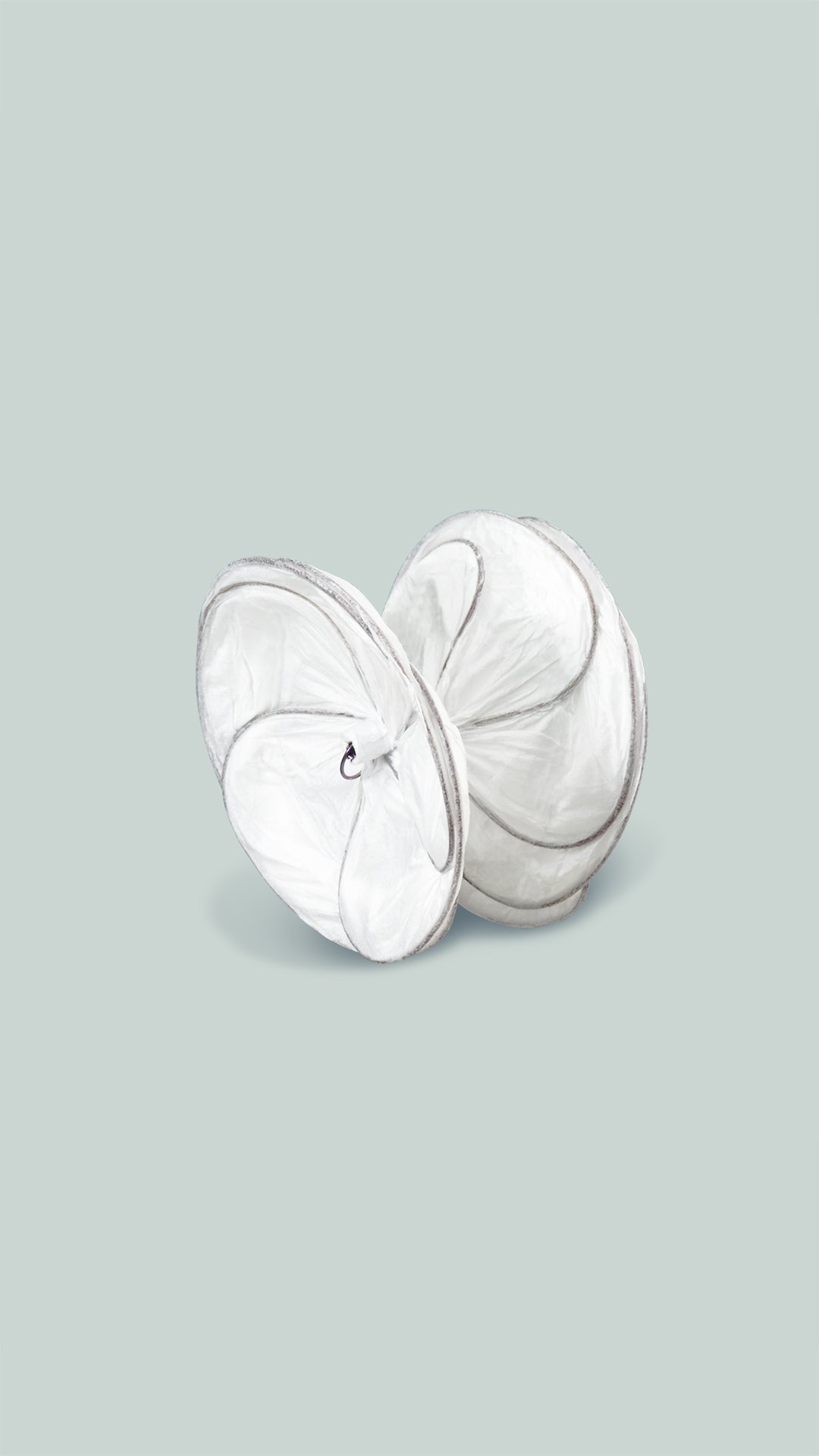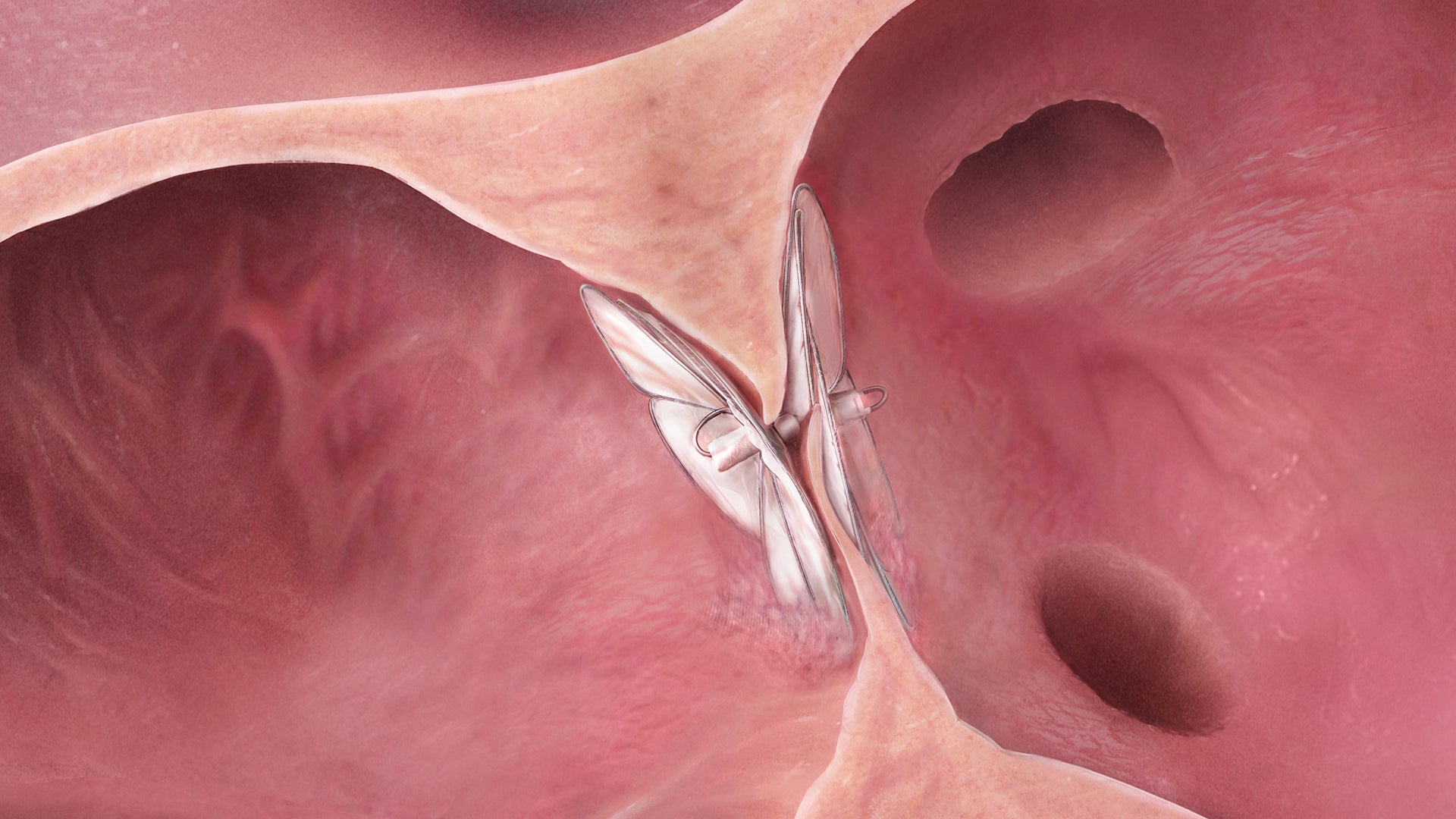Product Value Summary
GORE® CARDIOFORM Septal Occluder


Provides clinical and economic value through groundbreaking outcomes
GORE® CARDIOFORM Septal Occluder is a device used for transcatheter closure of patent foramen ovale (PFO) to reduce the risk of recurrent stroke.*
A PFO is a hole in the heart that didn't close the way it should after birth — Occurs in approximately 1:4 individuals.1 In most people, a PFO creates no symptoms and requires no treatment. However, in a small minority, a PFO may permit blood clots to pass from the right side of the heart to the left, possibly leading to a stroke.
The impact of a recurrent stroke can not only be devastating but also costly. Nearly 30 percent of all strokes are recurrent events2 and the financial impact for the estimated average mean lifetime cost† of ischemic stroke for a single patient is equal to $152,507.3
Five-year results of the REDUCE Study‡ further supports the use of GORE® CARDIOFORM Septal Occluder in long-term recurrent stroke prevention.4
69%
Relative stroke reduction
with PFO closure plus medical management versus medical management at extended follow-up*,4
3x
Protection against recurrent stroke over medication alone*,4
Improves patient quality of life5-7
Patients who underwent PFO closure reported significantly higher physical vitality, general health, mental health and social functioning than non-closure patients.5-7 SF-36 assesses quality of life by measuring physical and mental health scores across eight dimensions (36 questions).
The Future of Value Analysis
A Handbook for Health Care Professionals
Read perspectives from value analysis professionals who share their thoughts regarding the importance of effective collaboration, paradigm shifts with determining value, and the critical focus on the future of healthcare.

* See Instructions for Use at eifu.goremedical.com for full indications and sizing configurations.
† According to AHA, the mean lifetime cost of ischemic stroke in a single patient in 2014 was approximately $140,048 in the United States. Cumulative rate of inflation from 2014 to 2020 is .65%. Estimated mean lifetime cost in 2020 = $152,507.
‡ The REDUCE Study determined safety and efficacy of patent foramen ovale (PFO) closure with the GORE® CARDIOFORM Septal Occluder or GORE® HELEX® Septal Occluder plus antiplatelet medical management compared to antiplatelet medical management alone in patients with a PFO and history of cryptogenic stroke. All PFO anatomies were incorporated into this study within indicated sizing parameters of the Instructions for Use.
- About congenital heart defects. Patent foramen ovale (PFO). American Heart Association, Inc. website. Accessed July 16, 2020. https://www.heart.org/en/health-topics/congenital-heart-defects/about-congenital-heart-defects/patent-foramen-ovale-pfo
- Ovbiagele B. The emergency department: first line of defense in preventing secondary stroke. Academic Emergency Medicine2006;13(2):215-222
- Johnson BH, Bonafede MM, Watson C. Short- and longer-term health-care resource utilization and costs associated with acute ischemic stroke. ClinicoEconomics & Outcomes Research 2016;8:53-61. https://www.ncbi.nlm.nih.gov/pmc/articles/PMC4770080/
- Kasner SE, Rhodes JF, Andersen G; Gore REDUCE Clinical Study Investigators. Five-year outcomes of PFO closure or antiplatelet therapy for cryptogenic stroke. New England Journal of Medicine 2021;384(10):970-971.
- Mirzada, N, Ladenvall P, Hansson P, Eriksson P, Taft C, Dellborg M. Quality of life after percutaneous closure of patent foramen ovale in patients after cryptogenic stroke compared to a normative sample, International Journal of Cardiology (2017), https://doi.org/10.1016/j.ijcard.2018.01.120.
- Evola S, Kauroo W, Trovato R, Alioto L, D’Amico G, Fonte G, Andolina G, Novo S, Assennato P. The percutaneous closure of patent foramen ovale (PFO): Impact on the quality of life, Letter to the Editor, 2013 Elsevier Ireland. 1622-1623.
- https://www.rand.org/health-care/surveys_tools/mos/36-item-short-form.html. Accessed July 17, 2020.

Refer to Instructions for Use at eifu.goremedical.com for a complete description of all applicable indications, warnings, precautions and contraindications for the markets where this product is available. RXOnly
INDICATIONS/INTENDED USE: The GORE® CARDIOFORM Septal Occluder is a permanently implanted device indicated for the percutaneous, transcatheter closure of the following defects of the atrial septum: ostium secundum atrial septal defects (ASDs); patent foramen ovale (PFO) to reduce the risk of recurrent ischemic stroke in patients, predominantly between the ages of 18 and 60 years, who have had a cryptogenic stroke due to a presumed paradoxical embolism, as determined by a neurologist and cardiologist following an evaluation to exclude known causes of ischemic stroke.
CONTRAINDICATIONS: The GORE® CARDIOFORM Septal Occluder is contraindicated for use in patients: Unable to take antiplatelet or anticoagulant medications such as aspirin, heparin, or warfarin; with anatomy where the GORE® CARDIOFORM Septal Occluder size or position would interfere with other intracardiac or intravascular structures, such as cardiac valves or pulmonary veins; with active endocarditis, or other infections producing bacteremia, or patients with known sepsis within one month of planned implantation, or any other infection that cannot be treated successfully prior to device placement; with known intracardiac thrombi.
